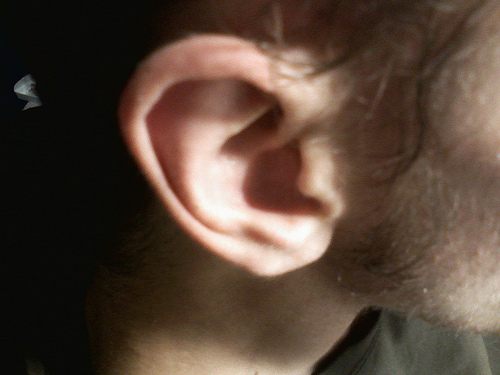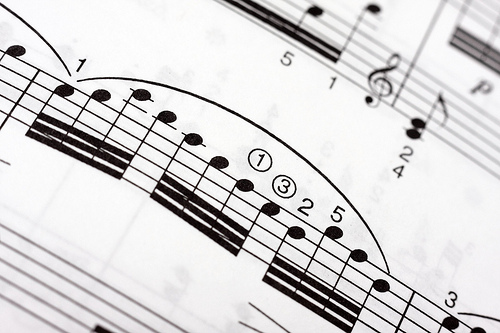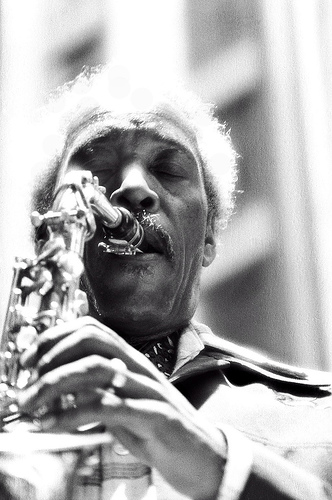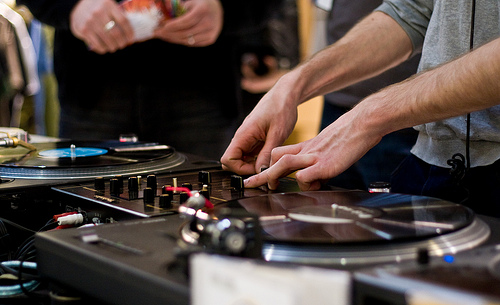Like most music genres, dance can trace its roots far back to the beginning of the 20th century. However, it is only in recent years that dance has truly emerged to become one of the most popular musical styles in the world.

1970s & The Birth of Dance
Dance music as we know it today came to the fore in the 1970s thanks to legendary group Kraftwerk, who are widely credited with introducing dance music to the United Kingdom during a 1975 appearance on the science show Tomorrow’s World, where they performed their 1974 hit Autobahn.
1977 was perhaps the biggest year of all during the early days of dance; Donna Summer released I Feel Love, one of the first disco tracks to be produced with a 100% electronic, synthesized backing track, while the film Saturday Night Fever was released to critical acclaim.
Dance into the 1980s
In 1981, American DJ Frankie Knuckles, who was based in Chicago, invented house music, which quickly became popular in America and across the world. Later, in the middle of the decade, techno would rise out of Detroit, and was seen as a direct evolution of the styles of the 70s as well as Knuckles’ work earlier in the decade.
Fans of house quickly became fans of techno, and dance clubs became a fixture in major cities all around the world by the end of the 80s, with sub-genres such as acid house becoming massively popular, too.
1990s Rave
Dance moved away from its roots somewhat in the 90s and turned into full-on rave, while ‘superclubs’ were opened around the world. Dance, and specifically rave, was mired in controversy, particularly early in the decade when large scale ‘illegal raves’ led to huge numbers of arrests and even rioting in some cases. The effects of this were particularly felt in the UK, where tensions were running high owing to dissatisfaction with the Conservative government at that time.
Rave was soon consigned to history, however, and by the end of the decade artists like Fatboy Slim, Daft Punk, and Basement Jaxx were enjoying global popularity as dance music headed back towards the mainstream.
2000s to Today
The evolution of dance music as standalone genre has come to something of a standstill in recent years, but the sounds the leading DJs and artists are producing are as fresh as ever, particularly as musical collaborations become more common and all the popular musicians seem happy and willing to work together.
While those who became popular at the end of the 90s have endured to this day, David Guetta and LMFAO are among those widely considered to be leading the genre through this decade, with Guetta in particular responsible for some brilliant tracks that are acceptable in the mainstream while also ticking the boxes a traditional dance track ought to.
Image Source: Gerardo Lazzari





